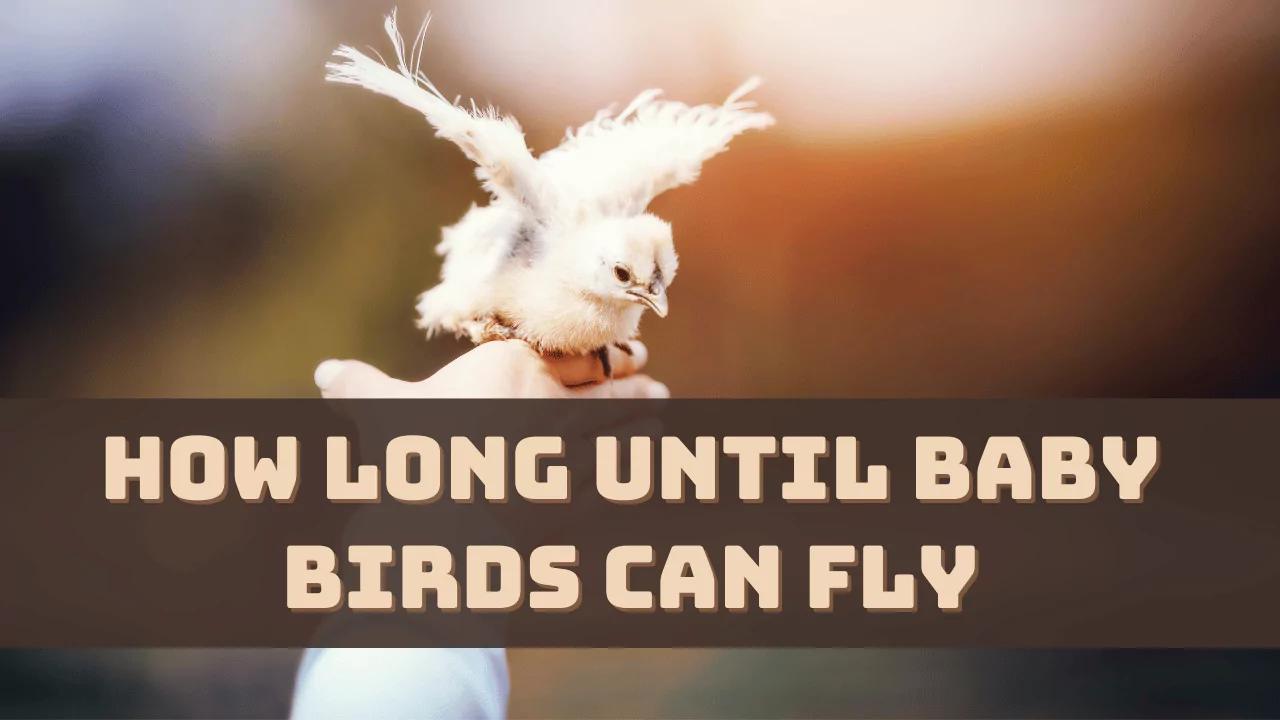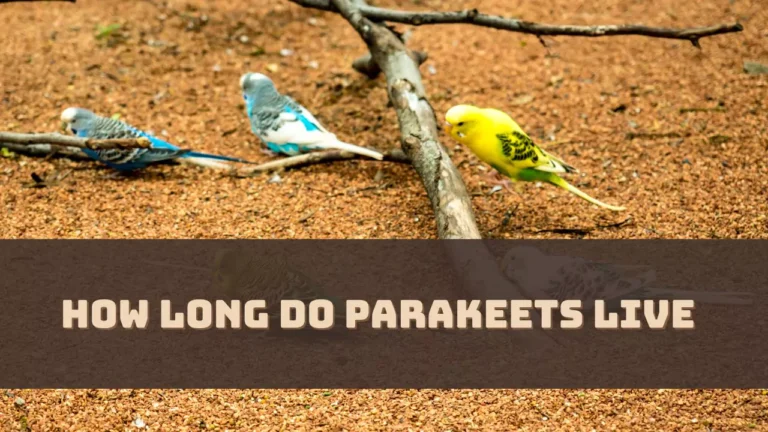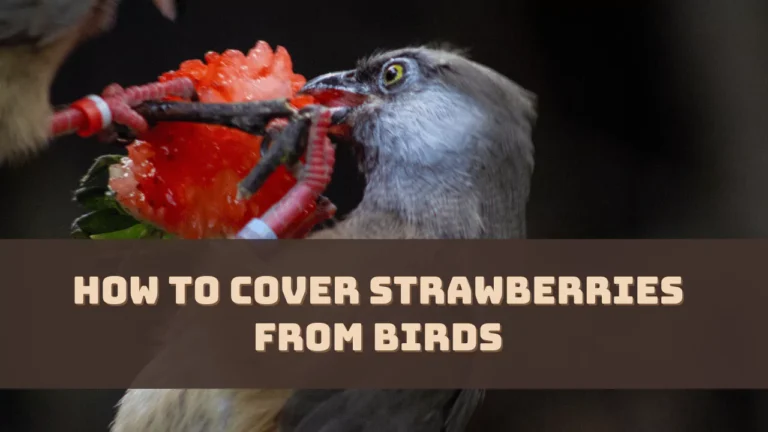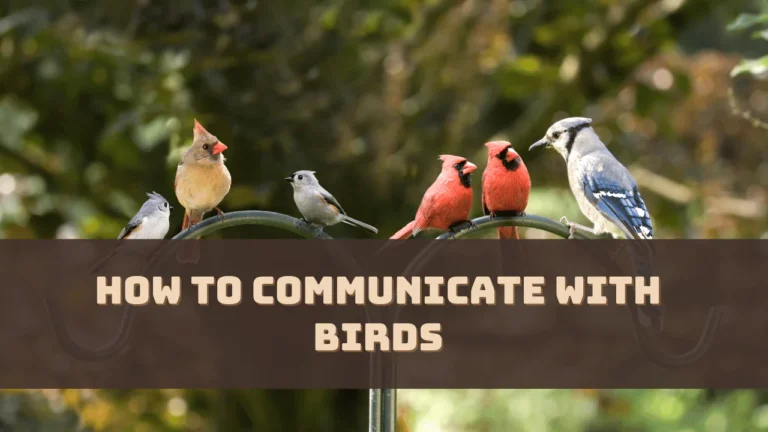Baby birds take around 2 to 3 weeks to fly and this time range extends for raptors and waterfowls, who take 10 to 12 weeks to gain flying ability. Until the chicks develop their flight feathers and muscles, they remain in the nest and the parents take care of them, protect and feed them.
Let’s dive deep and understand the wing development process and why different species of birds take different time ranges to develop flying skills.
Stages of Wing Development
The birds need to develop their wings so that they can have enough strength to support their body weight and also overcome gravity while lifting themselves up. The wingspan of the bird can range from a few inches to several feet depending on the species.
At the initial stage, the wings of the birds are small and fluffy and as the development takes place the feathers become stronger and denser, which helps in providing insulation and also protects from other natural elements. With the development of wings, the birds began to improve their aerodynamic skills and also the ability to tackle wind resistance.
Nestling Stage
This is a critical period for the baby bird’s development, where they are growing rapidly but still vulnerable and entirely dependent on the parents for protection and food. The parents contribute by providing them warmth, and protection and feeding them a combination of regurgitated food along with small insects.
They start to develop feathers but are still not so active. Patches of down feathers form in some areas, eyes become fully open with a more balanced body. The chicks are able to stand up and walk around inside the nest, but cannot fly. The development occurs at a faster rate and they start exercising their wings, which would eventually prepare them to take a flight.
Fledgling Stage
With the developmental stage of the bird, they begin exercise, which includes flapping the wings and taking short flights, which help in strengthening the flight muscles. The flight feathers develop, which includes a mixture of juvenile plumage and adult feathers. Through trial and error, the bird’s coordination improves. It takes several weeks to months for a wing to develop completely and become strong enough to support the flight.
They start to develop the ability to perch and hop along the branches which also helps them to improve their navigation skills. The birds learn to explore the world outside the nest. They gradually increase the distance and also the duration of the flight.
With fine-tuning, they learn to navigate through obstacles and control the duration of the flight, handle challenging flight conditions and learn to coordinate their wings, tails and body movement to maintain a balance in the air. They also learn to find food, and shelter, avoid predators and above all conserve energy during flight. They also learn the strategies to survive.
Factors Influencing Flight Development
Here are factors that influence the flight development process:
Species
Different species of birds have varying development rates, and the more complex and large the bird, the more time the chick takes to get fully matured.
Nest Conditions
The physical development of the bird is affected by the quality of the nest, its location, temperature and humidity.
Feeding Habits
A balanced diet which contains an appropriate proportion of protein and fats governs the growth. Chicks need adequate nutrition for their development.
Health
If the chick falls sick, then the development gets delayed and requires more time to succeed in flying. Also, if the bird is suffering from any genetic diseases, then it might not be able to fly at all.
Maturity of Feathers
Maturity of feathers in birds is a multi-step process which can take several weeks to months based on the species. Feathers help to provide insulation, protection, flight to thrive in the changing environment, etc.
- The feather formation begins during embryonic development and the first sign of feathers are seen on the skin in the form of small bumps or papillae which develop into follicles.
- Next, the pin feathers develop, which are also known as the blood feathers and these develop from the follicle and have blood supply attached to it. With time the blood supply is shedded and the feathers gain full -size.
- The down feathers mature first and these are velvety in nature which is intended to provide warmth and insulation. With development, these feathers are replaced by adult-like feathers. When the feathers mature, well-defined barbs can be seen along with barbules which help in flight and maintain body temperature.
What is the Role of Parent Birds in Teaching the Chicks to Fly?
When the baby bird starts to reach the fledgling stage, the parent birds become more cautious and they begin to guide them throughout the process. The parents encourage the babies to leave the nest by holding the food out of their reach so that they take their first flight and get hold of the food. This method also encourages the baby birds to explore their surroundings. Until the babies become independent, the parents take care of them even after the fledgling stage.
What are the Challenges Faced by the Baby Birds During Fledgling?
Being inexperienced the young birds are vulnerable to several dangers, such as – predators, weather conditions and also collision with man-made structures.
What is Hand-rearing for Baby Birds?
Hand rearing is a process where humans take care of abandoned baby birds, provide nourishment and take up the role of a parent.
Here are the four guided steps that are necessary for hand-rearing:
- Check whether the baby needs immediate medical attention, signs of abandonment or injury.
- To create a suitable environment, you have to prepare an appropriate nest which should be warm, dry and clean.
- The baby bird should be fed regularly following a proper diet chart, as prescribed by the veterinarian.
- You need to feed the baby in small increments using a feeding tube or syringe after every feed hours
- The health and growth should be monitored regularly until the bird is ready to be released back into the environment.
- You must contact the local wildlife rehabilitators before taking up the responsibility for the baby bird.
How Long Does a Baby Bird Stay in the Nest?
Based on the species of bird, ducks, plovers, pheasants, killdeer, and sandpipers, are seen to be up and running right after they hatch, while songbirds take 8 to 12 days to be able to leave the nest after hatching. Baltimore orioles, bluebirds and rose-breasted grosbeaks take two to three weeks to develop. Bald eagles take around 98 days to leave the nest, whereas the California condor takes around 6 months to leave the nest.




